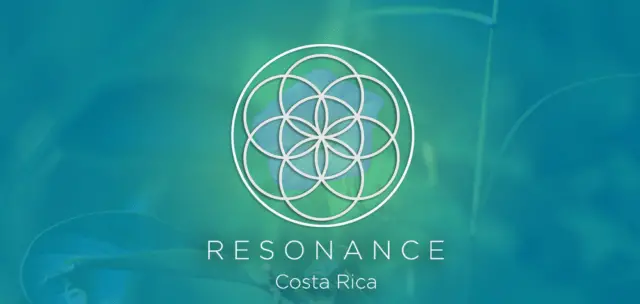In Costa Rica, gentrification has become a central issue in the debate on urban and tourism development. Housing prices are skyrocketing in destinations like Tamarindo, Santa Teresa, and Monteverde, and local communities are increasingly struggling to remain in the places they have lived for generations.
Amid this reality, it is common to hear that tourism is “the main culprit.” However, attributing all the responsibility to tourism is an unfair and dangerous simplification. Sustainable tourism—the kind that has given Costa Rica international recognition for more than three decades—is not the root of the problem. What has put the greatest pressure on housing in tourist destinations has been, above all, the uncontrolled expansion of short-term rentals on digital platforms, which have turned family homes into exclusive accommodations for visitors.
Regulated Tourism Can Be an Ally
The Monteverde experience is revealing: in a matter of months, municipal control over permits managed to reduce the supply of tourist homes from 900 to 700, returning dozens of homes to the market for local residents. This example demonstrates that, with clear rules and effective enforcement, it is possible to mitigate the effects of gentrification without demonizing tourism.
Planeted and well-regulated tourism can be an ally in the solution. It is when it generates decent employment, opens opportunities for communities, promotes the circular economy, and respects the carrying capacity of destinations. The goal is not to stop tourism, but to transform it into a tool consistent with the right of communities to live and prosper in their territories.
The Contribution of the P3 Conference
This year, the International Conference on Sustainable Tourism: Planet, People, Peace (P3) placed the issue at the center of the discussion. The draft of the National Manifesto for Sustainable Tourism was presented there. It includes commitments to prevent community displacement, guarantee access to decent housing in tourist destinations, and promote land use plans that balance development, conservation, and cultural identity.
The manifesto does not seek to gloss over reality or evade responsibility. It recognizes that the impacts of gentrification are real, but affirms that sustainable tourism must be part of the response. This document calls for strengthening local planning, coordinating affordable housing policies, and, above all, avoiding easy rhetoric that reduces a complex phenomenon to a single culprit.
Toward Collective Solutions
Gentrification cannot be addressed from a single perspective. It requires fair regulation, investment in affordable housing, partnerships with local communities, and public policies that recognize the unique reality of each destination. Tourism cannot and should not take on this challenge alone, but neither should it be seen as an obstacle. Well managed, it has the potential to be a fundamental part of the solution.
In Costa Rica, we have already demonstrated that sustainable tourism can be a driver of development, conservation, and social inclusion. Now we must demonstrate that it can also be a shield against the expulsion of communities from their own territories. The question is not whether tourism contributes to gentrification; the real question is how we make tourism an instrument of social cohesion rather than a factor of fragmentation. The answer lies in collective action. And that is where the opportunity lies: turning tourism into an ally of communities, rather than an adversary.

– Advertisement –
Source link
TCRN STAFF



